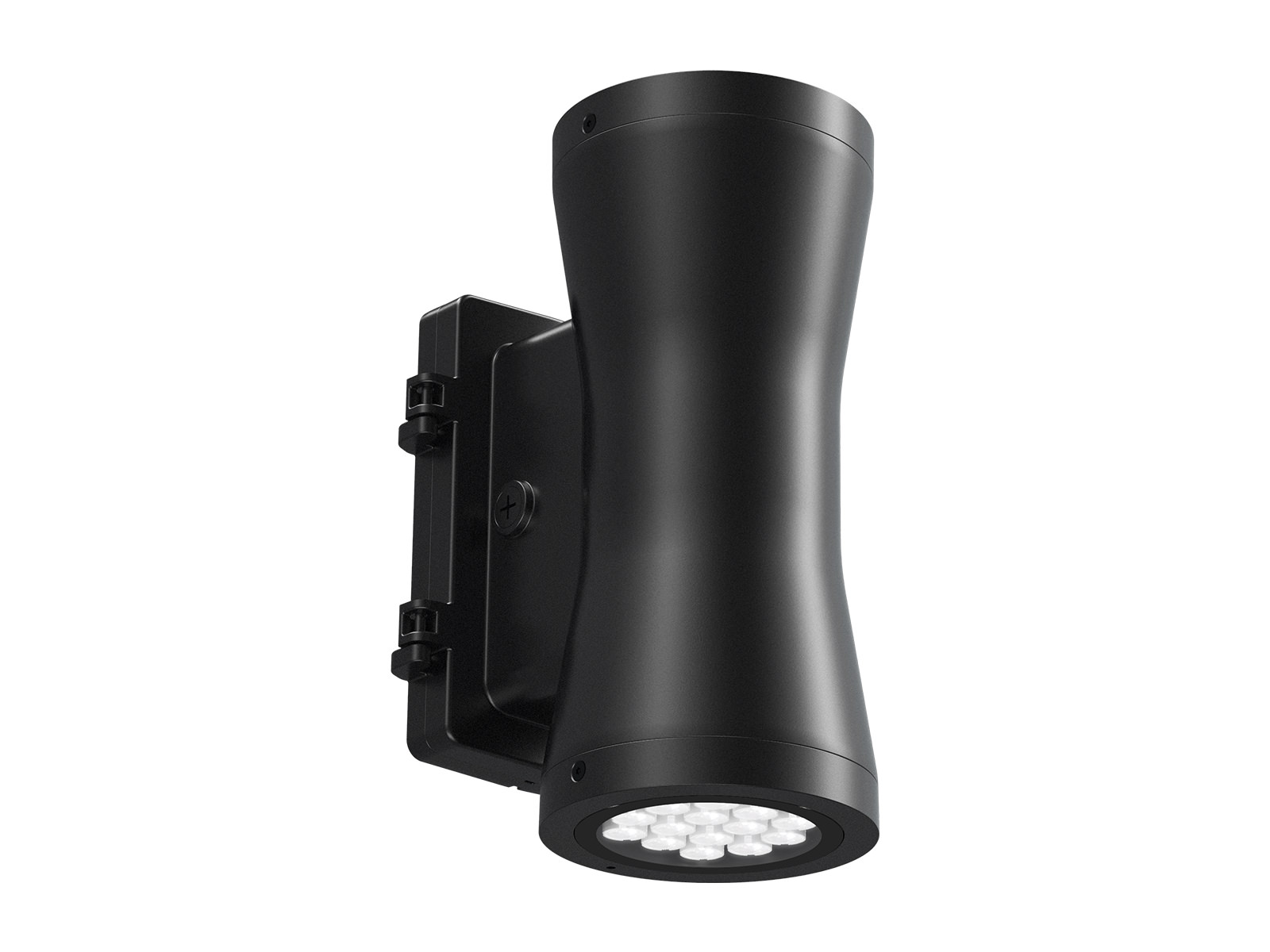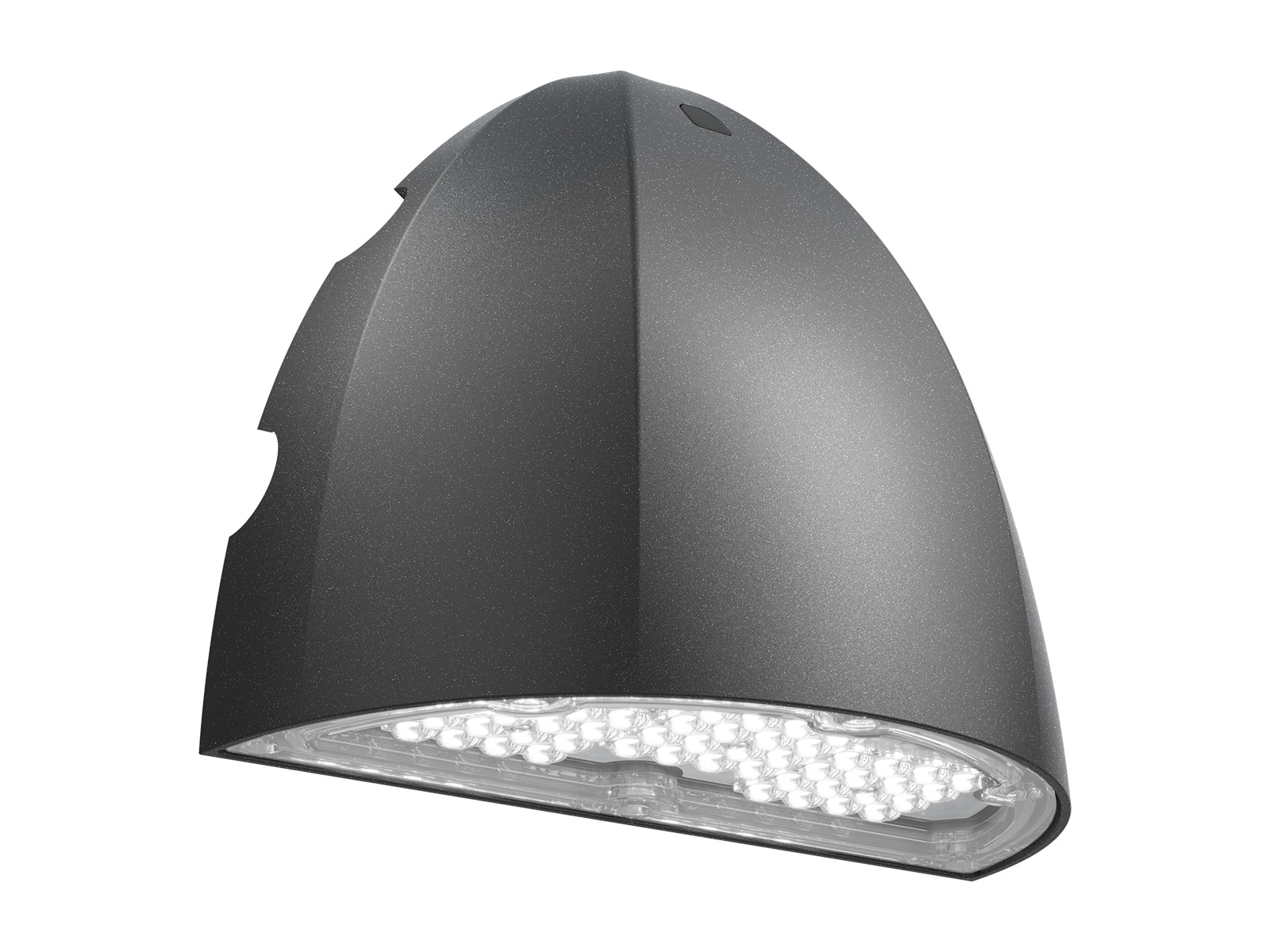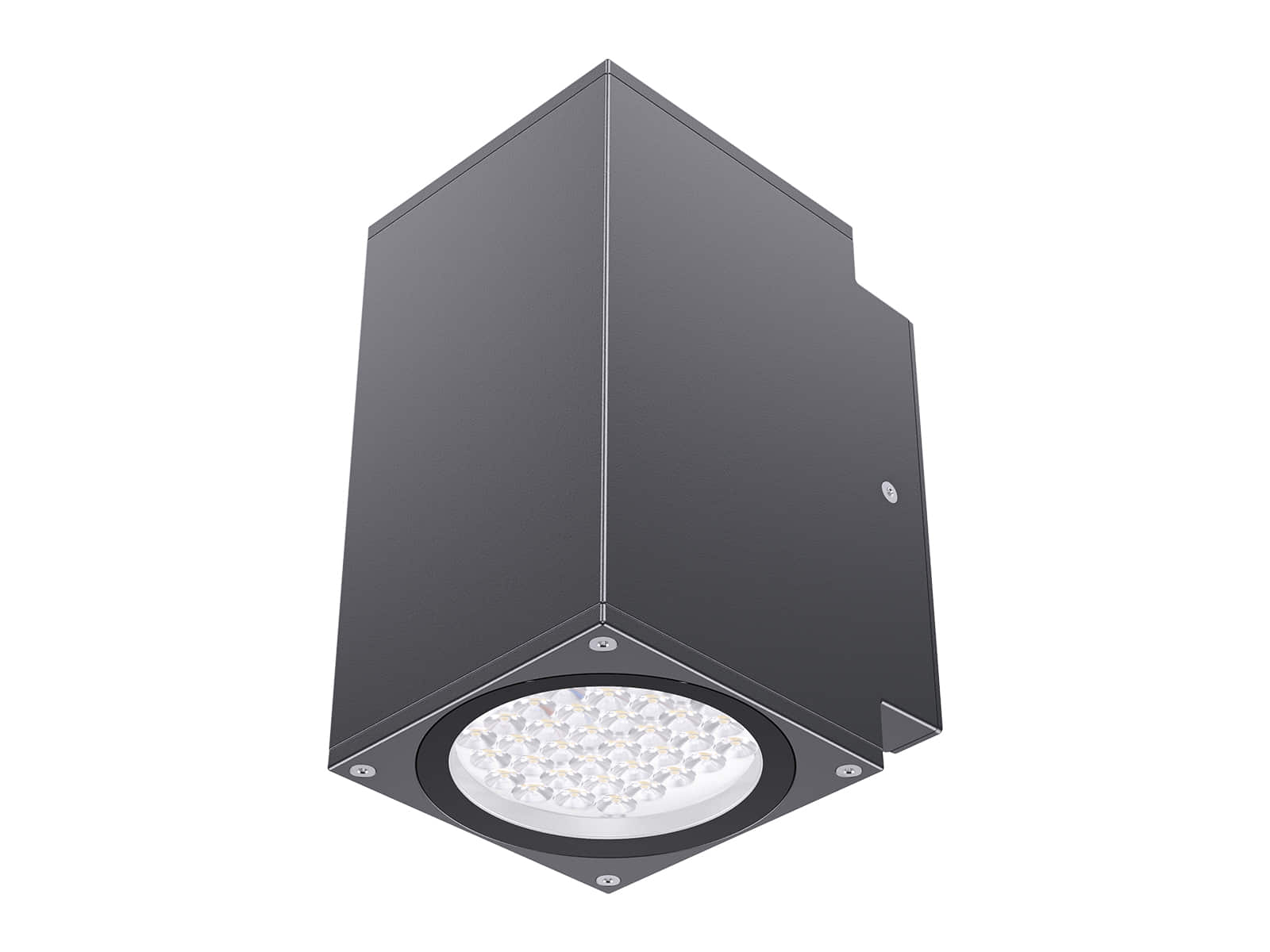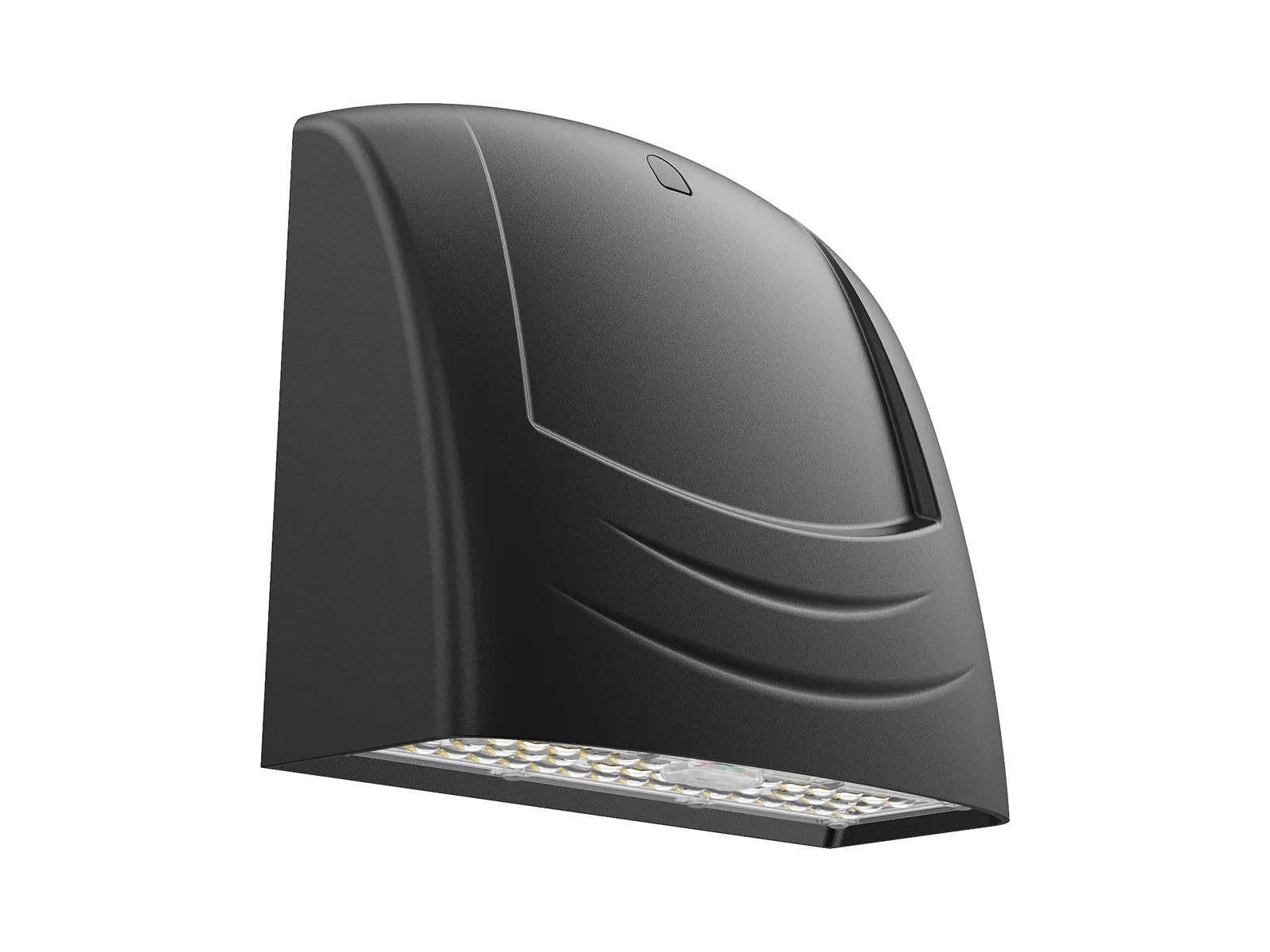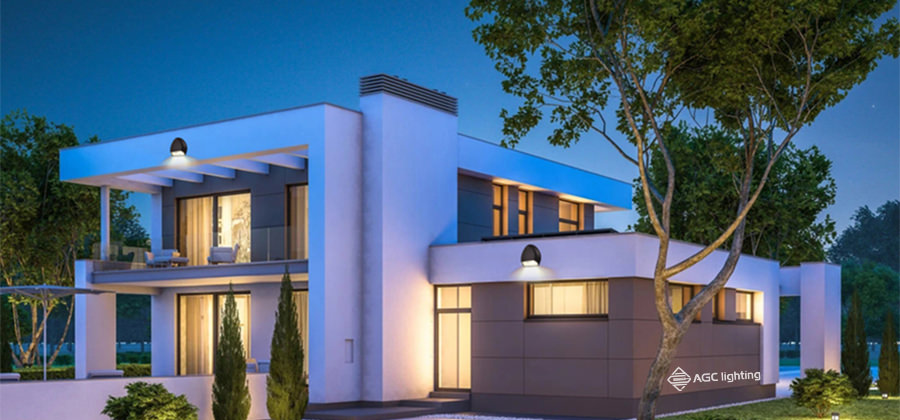
It is often common to see various lighting fixtures mounted on the walls of buildings to provide illumination. This type of light is called ‘wall pack light’ in general. Wall pack lights refer to the lighting fixtures that are attached to an exterior wall of buildings or a vertical surface. There are multiple applications for wall pack light, such as walkways, entry and exit, building perimeter, parking doorways, etc. Most wall-pack lights are used for outdoor applications. Therefore, wall pack lights must be able to withstand harsh environments. We all know the basic requirements of wall pack lights include the ability to against water, corrosion, extremely high or low temperatures, and sunlight. However, wall pack lights that meet the basic requirements solely are far from effective operation. There are 5 tips to help you use wall pack light more effectively.
Install only where it must be
The key point of illumination is to use minimal lighting fixtures to achieve appropriate illumination and a comfortable lighting experience. Wall pack lights are aimed at providing higher visibility for pedestrians as well as maintaining security around the buildings. Places that have no pedestrian activity or are not related to security issues do not need to be installed with wall pack lights. Otherwise, it will be just a waste of time and energy. It may cause lighting pollution even worse. Pay more attention to the places that need illumination necessarily, such as the walkway, entry, and exit. The distance of wall pack lights is also critical. If the fixtures are too close to each other, lighting will partly or fully coincide. Appropriate installation distance contributes to uniform and efficient lighting.
CCT optional - enjoy different atmospheres
Wall pack lights not only provide illumination but also decorate the buildings. Light sources with different color temperatures offer multiple visual effects and different atmospheres. Unlike conventional light sources, advanced technology allows LEDs to bring a range of correlated color temperatures according to the needs of users. In simple terms, what we call ‘warm white’ or ‘cool white’ refers to Correlated Color Temperature (CCT). The CCT of warm light is about 2700K to 3000K and the cool white light is higher than 5000K. White light makes pedestrian more concentrated on their way, while warm white light lets them feel relaxed and release stress. Wall-pack lights with optional CCT are more effective compared to single-color ones.

Glare shield - protects pedestrians and the environment
Glare refers to the visual conditions that cause visual discomfort and reduce visibility due to unsuitable brightness distribution of lighting fixtures or extreme brightness contrast in space or time. Long-term exposure to glare can cause visual fatigue. In addition, the glare is very annoying as it often causes people to feel anxiety, lack of concentration, and other psychological discomfort. It would cause serious insomnia and headaches even worse. Unsuitable distribution like uplight will also trespass the sky. Therefore, a glare shield is important to protect pedestrians and the environment.
Wall pack lights are suitable for use in a wide range of environmental zones where control of nuisance glare is critical. Wall pack lights come with a diffuser optic design that can deliver non-dazzling lighting distribution, approaching maximizing spacing between fixtures whilst minimizing light pollution.
Controls - save energy and cut electricity bill
The most effective way of using wall pack light is operated with applicable controls and light levels. When selecting controls, consider the specific needs of applications.
Applications such as entrance, walkway, and exit with limited or sporadic activity should be applied with controls to save energy and cut electricity bills. Areas with security issues or the demarcation of the building perimeter can achieve great energy savings by using intelligent control. However, the type of control should be carefully considered. Take photosensors into account as they are capable of controlling various fixtures with similar control needs on and off automatically based on ambient light levels.
Applications that are not related to the entrance or walkway are more suitable to install with occupancy sensors. Lighting fixtures are turned on automatically when occupancy sensors are triggered and turned off within several minutes after all occupants leave the detecting area. Adding controls is a more effective way to use wall pack lights due to the reduction of energy consumption and electricity bills.

Emergency battery backup - keep safety
As mentioned, wall pack lights are used for maintaining security. When the power supply is suddenly off or something wrong with the lighting fixture, the perimeter of the buildings will be plunged into darkness. Accidents are of high possibility to present as the lack of visibility. To prevent danger caused by power outages, wall pack lights should equipped with emergency batteries. Wall pack lights with built-in batteries can provide backup power for several hours, offering clear vision and a safer environment for pedestrians. Though an emergency battery cannot last for a long period, it still provides precious short-term illumination for pedestrians to take further actions, avoiding disorder traffic as well.













